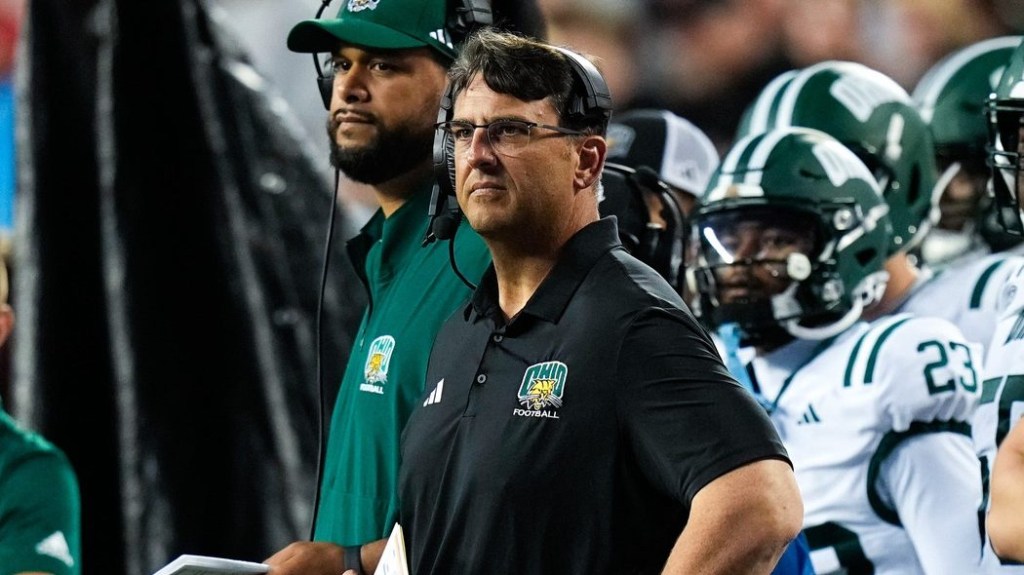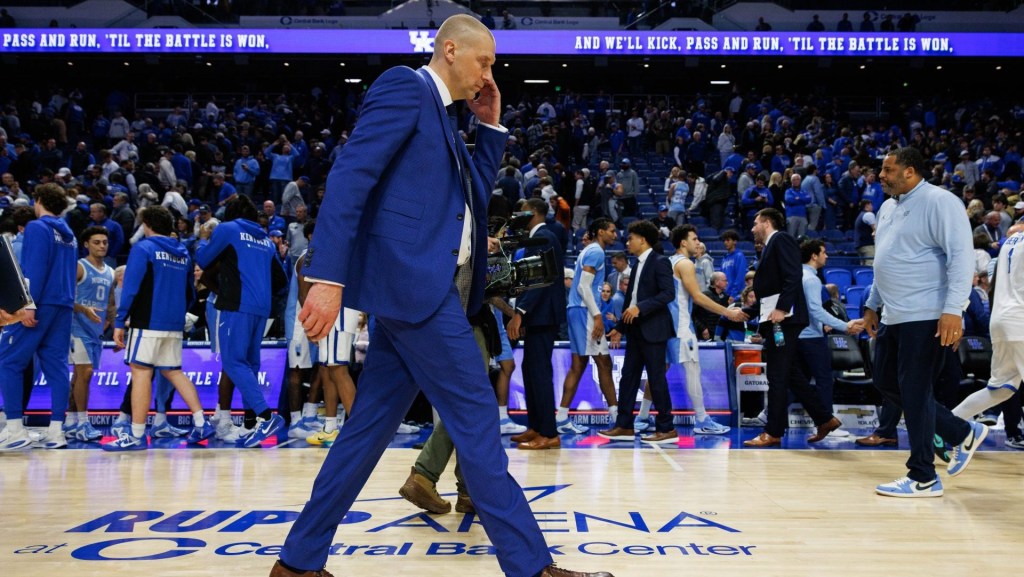The NCAA appears to be headed toward shifting to a single, shorter transfer-portal window for football players, aimed at limiting the chaotic movement that has occurred under its current system.
On Thursday, the Division I Football Bowl Subdivision Oversight Committee recommended legislative changes that would eliminate the spring transfer period and change the winter window from a 20-day period in December to a 10-day timeline of Jan. 2–11.
On the Move?
The current transfer-portal windows (football):
- Winter: Dec. 9–28
- Spring: April 16–25
The proposed transfer-portal window (football):
- Winter: Jan. 2–11
The recommendation is a significant step, with the Division I Administrative Committee now scheduled to vote on implementing the new policy before Oct. 1.
Many coaches and other college football leaders have bemoaned the current transfer-portal system, which saw record movement in both the most recent spring and winter windows. This past season, the transfer portal opened Dec. 9, with many players leaving teams that were preparing for the College Football Playoff and other bowl games.
While the new single transfer window, if approved, wouldn’t necessarily prevent disgruntled players from stepping away from their team at the end of the regular season, it could provide more opportunities for players to compete in the postseason before transferring.
The elimination of the spring window would help prevent messy situations like now-UCLA quarterback Nico Iamaleava’s breakup with his former team, Tennessee. Iamaleava chose to enter the transfer portal in the spring window.
Another recommendation from the oversight committee is to make the entire month of December a recruiting dead period. Jan. 5–31 would remain a recruiting period, when coaches can have contact with or evaluate prospects.
















